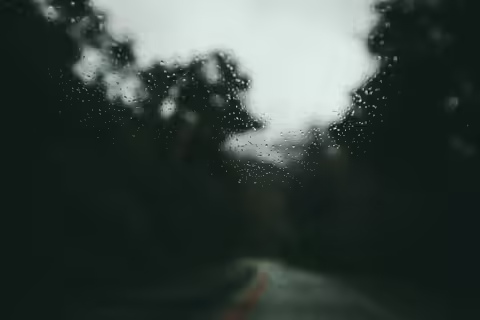URBANA, Ill. – Thunderstorms are a common summer phenomenon. During warm, summer afternoons, “pop up” thunderstorms appear quickly and without warning.
"These single cell thunderstorms form from daytime heating in relatively unstable air," says Duane Friend, University of Illinois Extension energy educator. "Instability in the atmosphere allows air to rise; the farther air rises, the greater the potential for thunderstorm development."
Although most aren't dangerous, some may produce heavy rain (especially if they are slow moving), lightning, and small hail, as experienced in Central Illinois Saturday.
"It is currently impossible to predict exactly where a single thunderstorm will form, so on days when these have the potential to form, keep a close eye on the sky and weather radar," Friend says.
Just because a thunderstorm may not be big, it can still be dangerous if heavy rain occurs in a small area or it has lightning or hail.
"Lightning can strike up to 10 miles away from the storm, so be aware of lightning safety procedures," Friend says.
- Avoid open fields and hills and stay away from tall trees or objects.
- Tents offer no protection from lightening, so camp in a valley or other low area.
- If in a group, spread out to avoid the current traveling between group members.
- Stay away from water or wet items, including fences and poles. Though metal doesn't attract lightning, it will conduct electricity when electrified, and current from a lightning flash can travel long distances.
- If indoors, avoid contact with corded phones, electrical equipment, plumbing, and windows and doors. Wait 30 minutes after the last lightning or thunder before going back outside.
Sporting events should be stopped when one sees lightning, hears thunder, or the skies appear threatening and only resume 30 minutes after the last lightening or thunder incident, Friend says.The National Weather Service offers bad weather toolkits for community groups.
Boaters caught on water when storms hit should drop anchor and get as low in the boat as possible. The National Weather Service recommends staying inside the cabin away from any metal surfaces and off the radio unless necessary.
For more information on weather related topics, visit University of Illinois Extension weather videos.
SOURCE: Duane Friend, Energy and Environment Educator, Illinois Extension
ABOUT EXTENSION: Illinois Extension leads public outreach for University of Illinois by translating research into action plans that allow Illinois families, businesses, and community leaders to solve problems, make informed decisions, and adapt to changes and opportunities.
